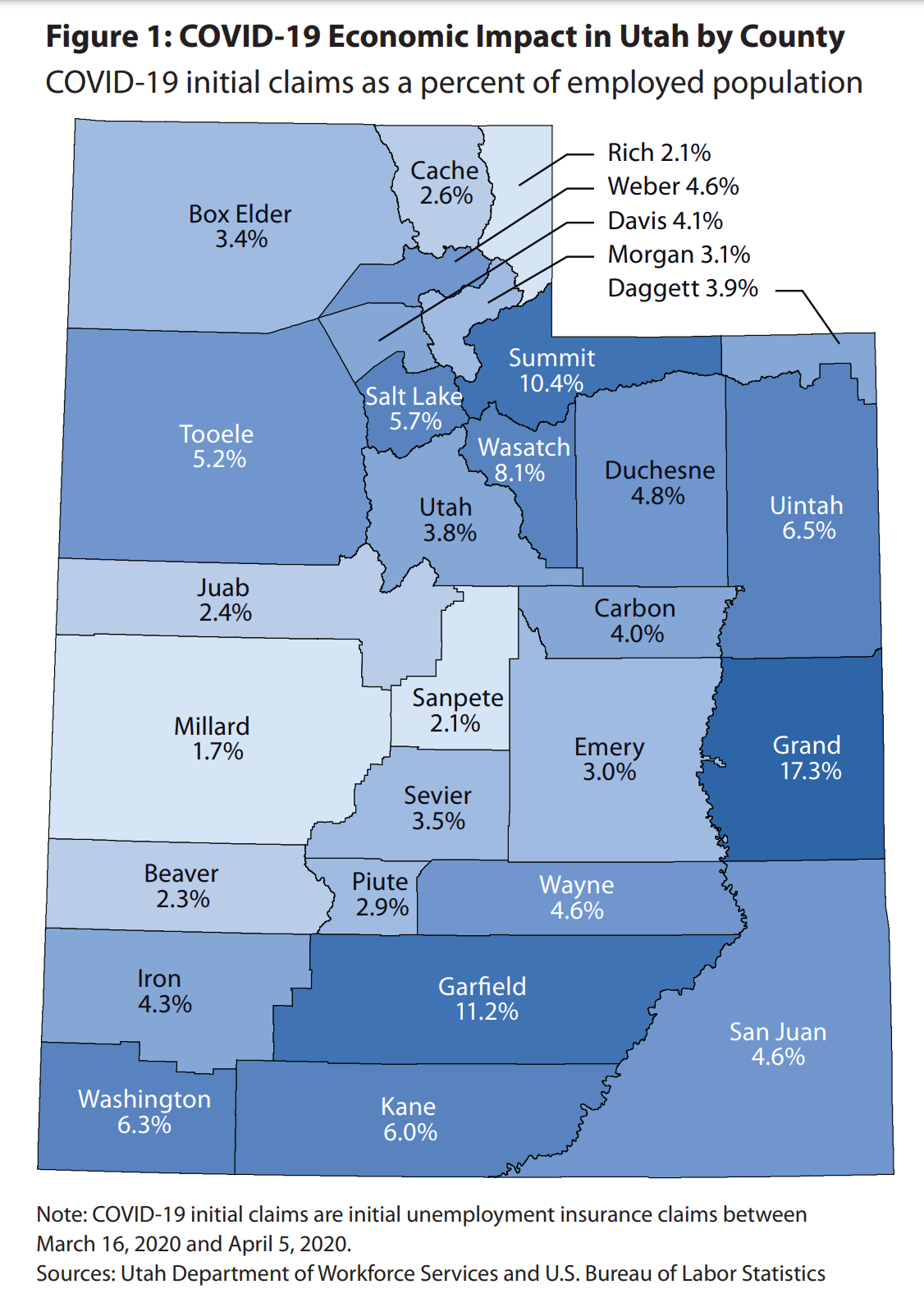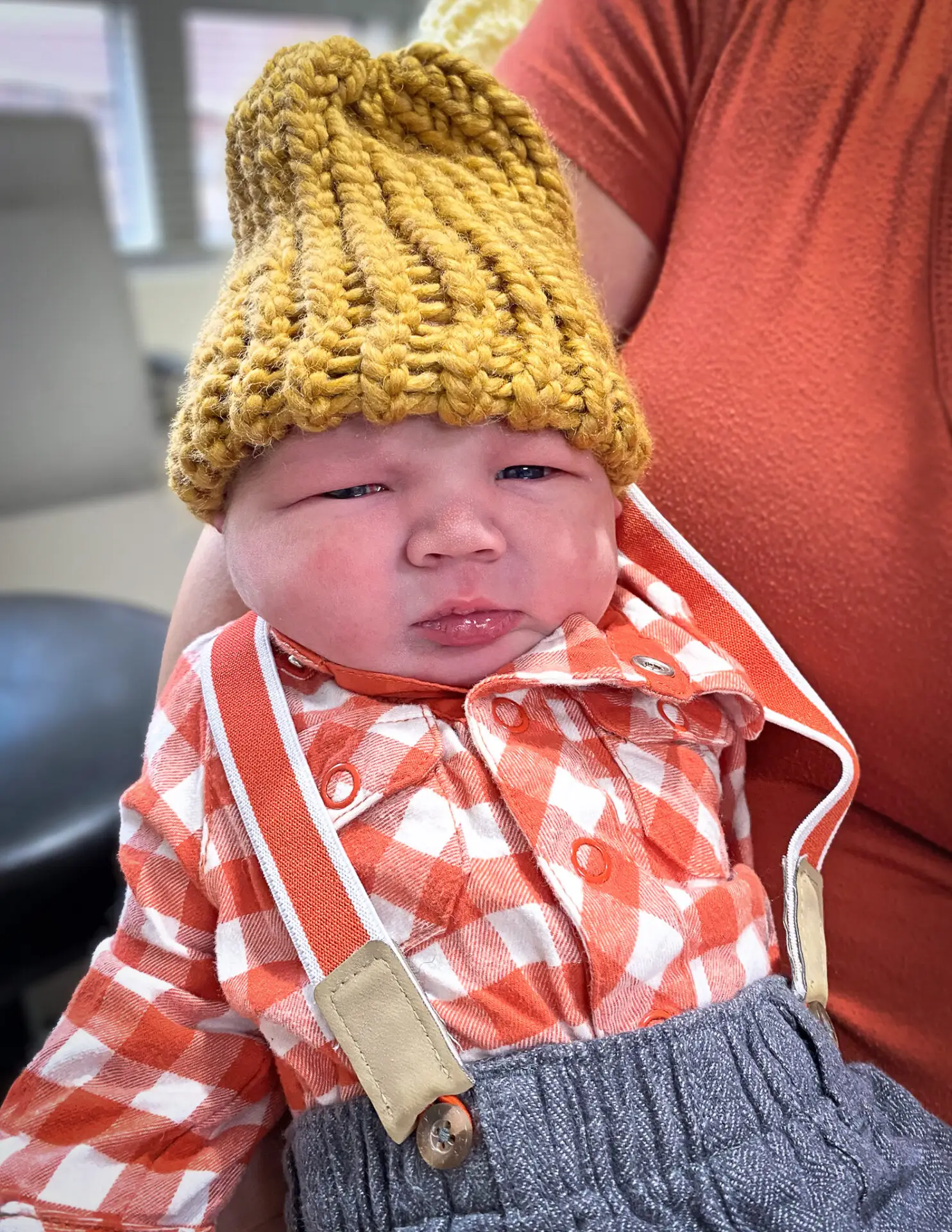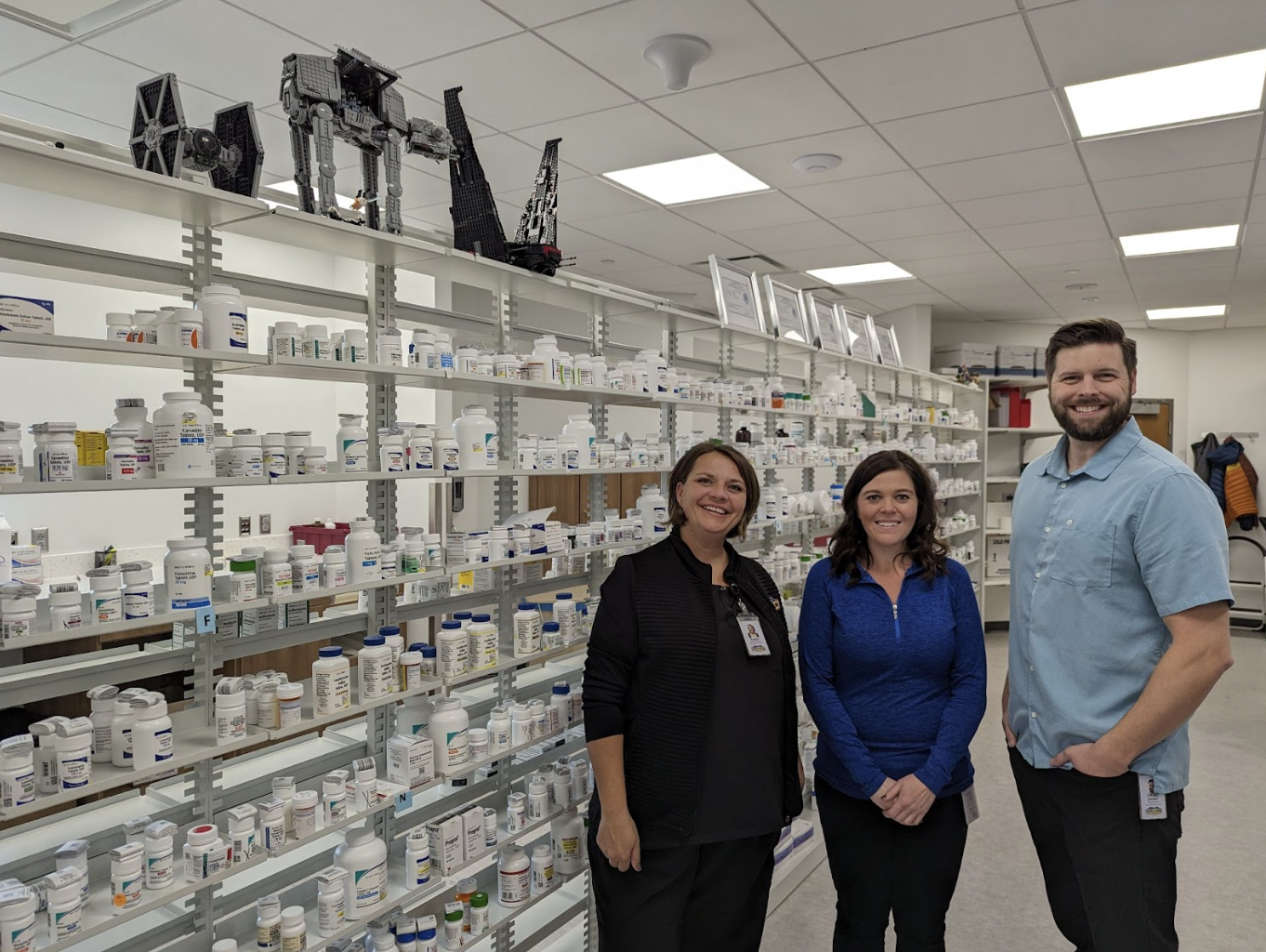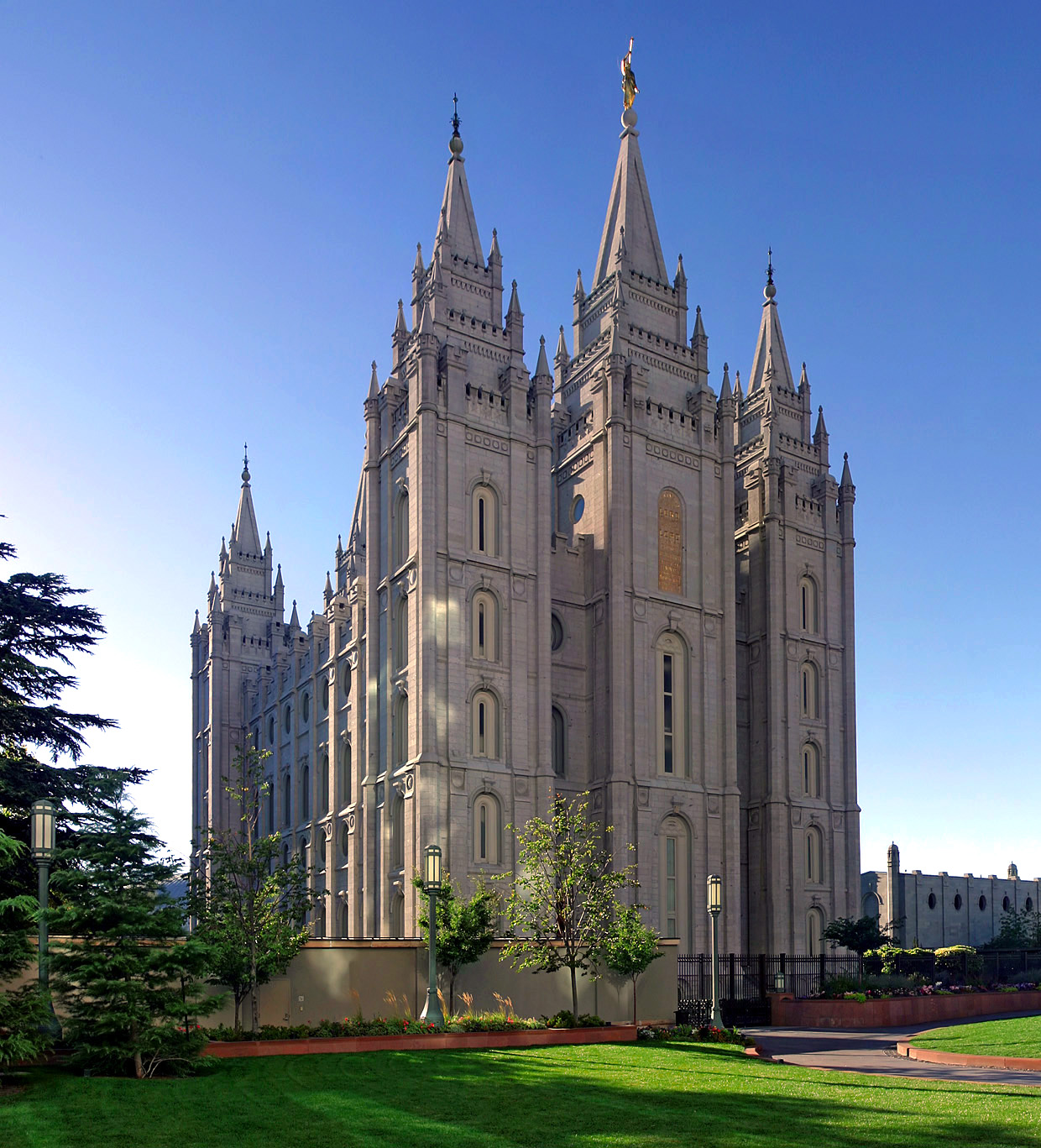Over 17% – almost one in five – working people in Grand County filed for unemployment from March 16 to April 5, the highest among all counties and triple the state’s average.
The stunning number is linked to the local economy’s reliance on jobs in the leisure and hospitality industry, which has been decimated by travel restrictions and public health-related closures seeking to prevent the spread of COVID-19.
Are you facing unemployment? Access support from the Department of Workforce Resources
Over 81,000 Utahns filed a claim for unemployment insurance in the three weeks after public health restrictions began to be released. Over 18,000 of those job losses came from hotels, recreation and other hospitality and leisure employers.
On April 17, Utah Governor Gary Herbert released an updated version of the state’s COVID-19 strategy, referred to as Utah Leads Together. The document reports that efforts to control the spread of the disease have made great strides, with the estimated transmission rate dropping and testing capabilities improving.
But those improvements have come with a cost. “The social distancing measures, while protecting public health, created significant economic disruption,” the plan notes before examining available data.
While northern Utah counties – including Salt Lake, Utah, and Davis counties – led the state in overall numbers, Grand County showed the greatest impact when viewed relative to the workforce size, with 17.3% of the employed population filing an initial unemployment claim.
The Utah Leads Together plan “outlines the path to recovery and identifies tools to gauge success in reopening Utah’s economy” and incorporates recommendations from dozens of Utah state and industry leaders, according to the State of Utah. The plan identifies three phases of response: urgent, stabilization, and recovery. Utah is currently in the “urgent” phase. The state government hopes to move into the “stabilization” phase in late April to early May as Utah eases some restrictions.
View the full document with further data
Seasonal unemployment numbers
The Utah Department of Workforce Services releases monthly reports of the state’s seasonally adjusted unemployment numbers. The report for March is in, but there’s a catch: monthly unemployment measurements are based on only one pay period a month, rather than an average of all the weeks in a month. This means that the official March report draws from data before most state and county public health orders were released, causing a wave of business closures and layoffs.
Mark Knold, chief economist at Utah’s Department of Workforce Services, said that means the March report paints a rosier picture than one would think. The month’s report shows a state-level unemployment rate of 3.6% and the economy adding jobs.
In the March county report, Grand County had an unemployment rate of 4.9%, up a percentage point from last year but not yet showing the impact of widespread closures of tourism-related businesses.
Knold points to current data on historically high initial unemployment insurance claims for the recently unemployed and fewer currently available job openings as indicative of the impact of COVID-19 on Utah’s economy.
Over 1,060 residents of Grand County have filed claims for unemployment in the last 4 weeks, data shows. Knold pointed out that numbers are likely higher since some who were ineligible were not counted in initial unemployment counts. Recent policy changes now allow self-employed residents or those who work in the gig economy to file for benefits.
When asked for any updated data on unemployment rates, Bethany Hyatt, strategic communication manager at the DWS, ruefully said “you’re not alone!”
“It’s just a complication from the timing of the report. Future reports from the federal level will give a better idea of what we’re experiencing here,” she said.
Tourism and hospitality hard hit, unlikely to recover within year
Jobs in food service and hospitality are particularly impacted as restaurants and overnight accommodations face closures from public health measures to contain COVID-19.
However, data shows that even after such measures are lifted these industries are likely to remain at risk.
A study by professors from the University of South Florida surveyed more than 2,000 travelers from around the world and found that most had significantly reduced or entirely canceled trips for the entire year. The study’s results predicted that business in the travel industry could shrink by up to 50% in the next year. The U.S. Travel Association reported that for the week ending April 11, spending within the travel economy fell 87% below last year’s average.




